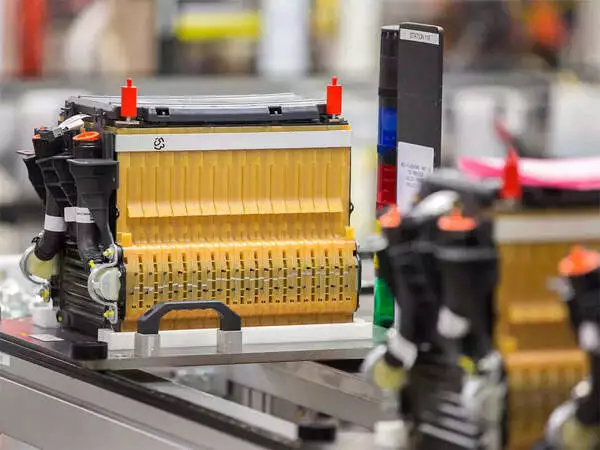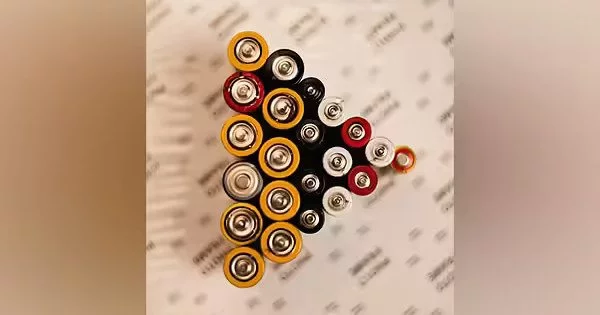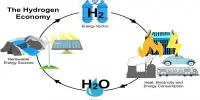The demand for environmentally friendly and portable energy sources for use in the electrical, electronic, automotive, and even aerospace industries has resulted in an increase in research and innovation in lithium-ion battery technology.
Chemists recover graphite anodes from spent lithium-ion batteries using flash Joule heating at a cost of about $118 per ton. How many rechargeable lithium-ion batteries are you wearing? How many are in your general vicinity?
Probably more than a few, and they’re great for powering all the things important to modern lives: cellphones, watches, computers, cars and so much more. But where they go when they fail is becoming a growing issue. Rice University scientists believe they have a partial solution that relies on the unique “flash” Joule heating process they developed to produce graphene from waste.
The Rice lab of chemist James Tour has reconfigured the process to quickly regenerate graphite anode materials found in lithium-ion batteries, removing impurities so they can be used again and again. The lab’s work appears in Advanced Materials.
The production of lithium-ion batteries in 2026 is expected to be five times what it was in 2017, and right now, less than 5% of them are recycled. That puts a heavy load on the environment, as these spent batteries are processed and the anodes burned for energy or sent for landfills.
Flashing powdered anodes from commercial batteries recycles some of the “staggering” accumulation of waste they currently leave behind, according to the researchers. In just a few seconds, a jolt of high energy decomposes inorganic salts including lithium, cobalt, nickel and manganese from an anode. These can be recovered through the use of dilute hydrochloric acid.
“The production of lithium-ion batteries in 2026 is expected to be five times what it was in 2017, and right now, less than 5% of them are recycled,” said Tour, who introduced the flash process for graphene in 2020. “That puts a heavy load on the environment, as these spent batteries are processed and the anodes burned for energy or sent for landfills.

“We claim that our process can recover critical metals and recondition anodes in a much more environmentally and economically friendly manner,” he added. The researchers discovered that flashing anodes degrade the solid-electrolyte interphase (SEI), which not only conducts lithium ions but also protects the anode from harmful reactions.
The remaining graphite particles are then flashed with an ion-permeable carbon shell, which improves their future capacity, rate performance, and cycling stability when compared to materials traditionally recycled in a time-consuming and energy-intensive process known as high-temperature calcination.
The lab estimated that recycling one ton of untreated anode waste would cost about $118. They demonstrated that flash-recycled anodes have a recovered specific capacity of 351 milliAmp hours per gram at 32 degrees Fahrenheit, superior to the rate performance and electrochemical stability of untreated or calcinated recycled anodes.
After 400 recharge cycles, the recycled, flashed anodes tested by the researchers retained more than 77% of their capacity. “Beyond the spent graphite anodes, we are confident that our method can effectively recycle or recondition the cathodes, electrolytes, and their mixtures,” said Rice graduate student Weiyin Chen, the study’s lead author.
















